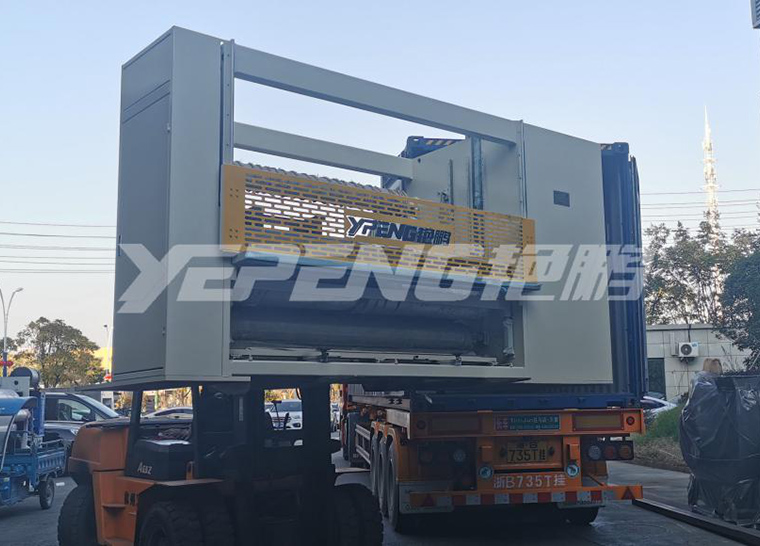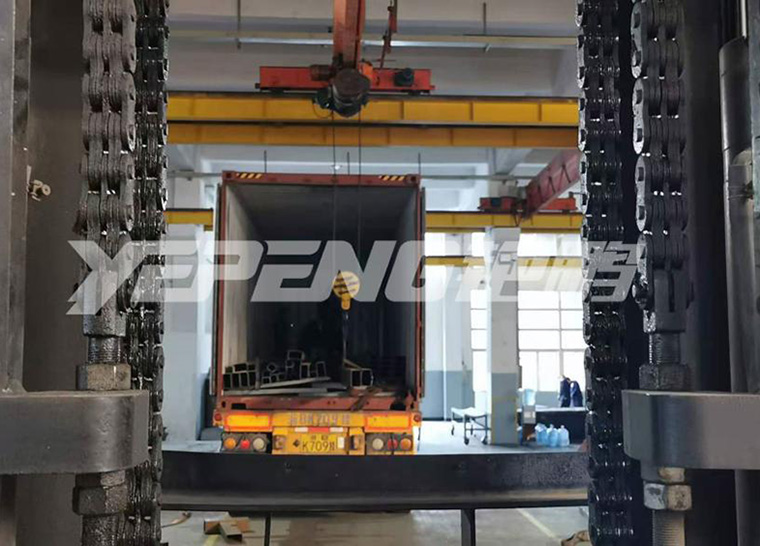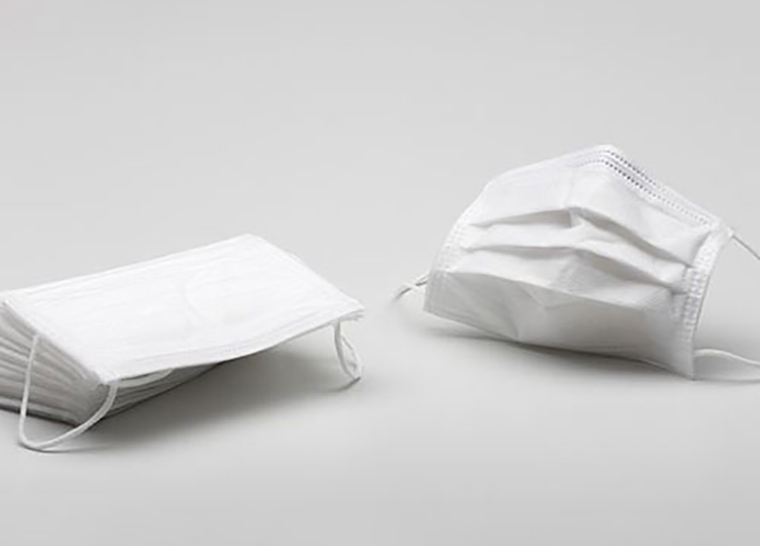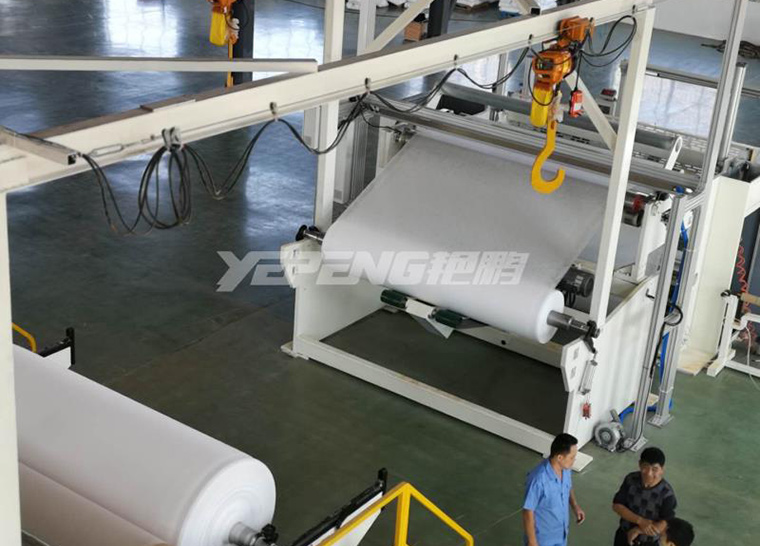Melt blown non-woven fabric is an important material used in masks, air filters, wiping products and composite fabrics. It is a kind of non-woven fabric, with polypropylene as the main raw material. Its filtration efficiency is one of the factors that affect the product price. One
What is the filtration efficiency of melt blown nonwovens?
Filtration efficiency refers to the filtration efficiency of melt blown. Because meltblown has the characteristics of filtering dust, particles, dust, pollen and so on. The filtration level has n, BFE, VFe, kn, FFP and other terms. The melt blown level and filtration efficiency are mutual. A good melt blowing level will lead to a good filtration efficiency, but a poor one is the opposite.
What's the relationship between this and melt blown non-woven fabrics?
Let's learn about it.
Classification of filtration efficiency of melt blown nonwovens
At present, there are several filtration efficiencies as follows: (the filtration efficiency also depends on the corresponding test flow rate)
1. Bfe95 (GSM: 18-30g)
Explanation: at a flow rate of 32 liters, the filtration efficiency of 3 micron bacterial particles reaches 95%.
2. Bfe99 (GSM: 20-30g)
Explanation: at 32 l flow rate, the filtration effect of 3 μ m bacterial particles reaches 99%.
3. Vfe99 (gram weight: 25-30g)
Explanation: at 32 liter flow rate, the filtration effect of 3 micron virus particles reaches 99%.
4. Pfe99 (gram weight: 24-30g)
Explanation: at the flow rate of 32 L, the filtration effect of 0.1 μ m particles reaches 99%.
5. Kn90 (gram weight: 30-50g)
Explanation: the filtration effect of 0.3 μ m solid particles reaches 90% at 55 l flow rate.
6. N95 (gram weight: double layer 50g)
Explanation: the filtration effect of 0.3 μ m solid particles reaches 95% at 85 l flow rate.
7. N99 (gram weight: double layer 80g)
Explanation: the filtration efficiency of 0.3 μ m solid particles reaches 99% at 85 l flow rate.
8. Ffp1 (gram weight: 50g)
Explanation: equivalent to N90 standard.
9. FFP2 (gram weight: 50g)
Explanation: equivalent to N95 standard.
Three factors affecting filtration efficiency
The filtration performance of melt blown nonwovens is affected by many factors. External factors include particle size and distribution of dust source, flow rate of filtered gas, etc., while self factors include pore structure, thickness, etc. The pore structure of nonwovens includes pore size and its distribution, porosity and so on.
1、 Average pore size of filter media
In a certain range, the filtration efficiency is inversely proportional to the average pore size of the filter material, and the smaller the average pore size of the filter material is, the higher the filtration efficiency is. The average pore size of nonwoven filter material is mainly affected by fiber diameter and thickness. The thinner the fiber is, the smaller the average pore size is; the thicker the thickness of nonwoven filter material with the same fiber specification is, the smaller the average pore size is.
2、 Porosity of filter material
The unique fiber network structure of nonwovens forms pores with relatively uniform distribution and small pore size, which makes the dispersion of the filter carrier phase enhanced when passing through the fiber curvature of the filter material, and the particles to be separated in the carrier have more opportunities to collide with or adhere to the fiber. Therefore, porosity is an important factor affecting the performance of filter materials.
The porosity of filter material refers to the ratio of pore volume to total volume. When the porosity of filter material decreases, the larger the fiber filling rate is, the stronger the interference effect on particles is, the higher the trapping efficiency is, and the higher the filtration efficiency is. As the porosity of the filter material increases, the ability to separate and capture particles in the gas is weakened, so the filtration efficiency decreases.
The relationship between filtration efficiency, filtration resistance and porosity, fiber diameter and thickness was simulated by computer. The results show that the filtration efficiency increases with the decrease of porosity and fiber diameter, and there is a nonlinear relationship.
3、 Thickness of filter material
A filtration model is established to predict the filtration efficiency and filtration capacity of the filter material. The influence of different thickness of filter material and different filtration area on filtration efficiency was analyzed.
It is found that the predicted value of the filtering model is in good agreement with the measured value. It also provides a reliable reference for the design of filter material thickness and maximum effective pore size to achieve specific filtration efficiency and filtration capacity.






